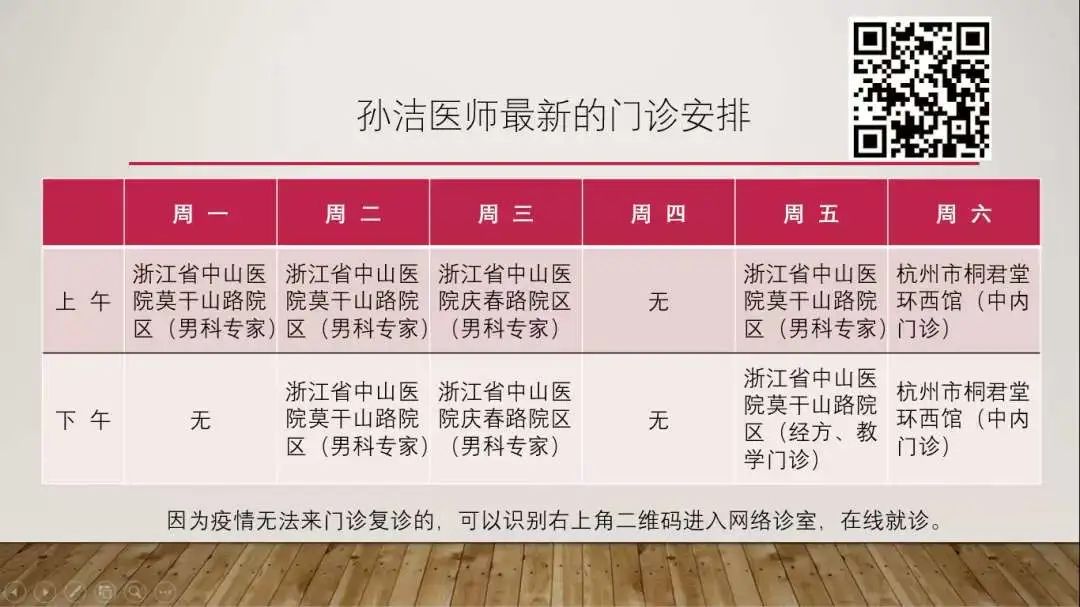

Hello everyone, welcome to “Learning TCM from the Beginning.” I am Sun Jie from the Third Affiliated Hospital of Zhejiang Chinese Medical University. Today, we will continue to learn about the olfactory diagnosis in TCM.
Using the nose to detect odors includes smelling the patient’s body odor and the odor of the examination room. Of course, this odor refers to those related to diseases or naturally occurring odors, rather than those caused by artificial factors. Nowadays, many women spray various perfumes before going out. Regardless of whether these perfumes smell good or not, they do not represent the patient’s natural body odor and cannot be used for diagnostic purposes. Instead, they can interfere with our four examinations. Spraying perfume is one thing. More commonly, both male and female patients, out of politeness, will rinse their mouths before seeing a doctor or going out to maintain fresh breath. This is also incorrect, as halitosis is an important symptom. When visiting a TCM practitioner, you should maintain your natural state.
So why does the examination room have an odor? This is emitted from the body or excretions of the patient. The odor from the body to the examination room can indicate the severity of the disease, at least more serious than just the body having an odor.


Let’s first look at the odors from the patient. The first is halitosis; normally, a person speaking should not have a foul odor. Of course, this excludes certain special foods, such as garlic and leeks. If there is halitosis, it indicates that there is turbid qi in the stomach. This turbid qi can be due to food, indicating indigestion, or it may be due to oral diseases, such as dental caries or poor oral hygiene. Alternatively, this turbid qi may be the result of food stagnation in the stomach, which often has a sour and rotten odor; or it may be due to stomach heat, which produces a foul odor. If the odor is even putrid, it likely indicates the presence of internal ulcers, most commonly in the oral cavity or throat, and sometimes internal abscesses can also present this way.
Next, we look at sweat odor, commonly known as body odor. Under normal circumstances, sweating will produce some odor, but it should not be foul. If the body odor is particularly strong, especially after bathing, it often indicates damp-heat pathology. Whole-body body odor is rare; it is more common for certain areas to have odor, such as the armpits or genital area. We can determine which meridian or organ is affected based on the location of the odor. For example, if there is odor from sweating in the genital area, it is often related to liver and spleen meridian diseases, while excessive sweating in the armpits is primarily related to heart and liver meridians.
Nasal odor refers to foul-smelling nasal discharge, often accompanied by persistent thick nasal mucus, indicating a condition known as nasal phlegm. This is often caused by damp-heat and turbid evil accumulating in the lung meridian.
If there is an odor from the body, we need to carefully examine to see if the patient has any ulcerated or necrotic sores. Alternatively, the body may be contaminated with excretions. For example, patients with urinary incontinence often have a urine odor.

There are also some abnormal odors that actually come from excretions and secretions. Generally speaking, foul odors are mostly associated with heat, putrid odors are mostly associated with ulcers or turbid evil, fishy odors are mostly associated with cold, and sour or rotten odors are mostly associated with food stagnation. In fact, various secretions and excretions from the human body generally follow this basic principle. Taking feces as an example, feces are naturally foul, but if there is an abrupt foul odor that is unbearable, or accompanied by explosive diarrhea, or if the feces are sticky, this indicates a heat syndrome; explosive diarrhea indicates the presence of excess heat toxin, while sticky feces indicate damp-heat obstruction in the gastrointestinal tract. If the feces have a sour and rotten odor, this indicates food stagnation in the stomach and intestines; if the feces are thin and watery, with a fishy odor but no foul smell, this indicates cold evil obstructing the gastrointestinal tract or a deficiency-cold in the middle burner.
Urine follows the same principle; if the urine is yellow, hot, and has a strong odor, it indicates heat evil; if the urine is clear and long with no odor, it indicates cold evil. For women, abnormal vaginal discharge follows this pattern as well; foul odors indicate heat, while fishy odors indicate cold.
Now let’s look at the odors in the examination room. The most common is from patients with epidemic diseases; at the onset of the disease, there will be a foul odor that can be detected, which may be faintly noticeable near the bedside or may fill the entire room. If there is a putrid or corpse-like odor in the patient’s room, this indicates organ failure and is generally a sign of critical illness. A bloody odor in the room indicates significant bleeding. For example, patients who vomit blood or have hematemesis often bleed profusely, and the entire room will have a bloody odor; upon entering the room, one can immediately tell that it is a case of severe bleeding without needing to ask about the condition. There are also some special odors, such as urine odor; besides patients with urinary incontinence, it may also be caused by late-stage edema with toxic overflow. If the examination room has a rotten apple smell, it often indicates diabetes. Regardless of the disease, a noticeable odor in the examination room is always a sign of severe illness and indicates a critical condition.
Alright, regarding olfactory diagnosis, we will stop here. In the next class, we will move on to the third examination in the four examinations: inquiry. Thank you all for listening, and see you next time.
Submission Note: The “Learning TCM from the Beginning” public account is operated by a small group of TCM enthusiasts dedicated to the study and promotion of TCM. We welcome contributions from all friends who love TCM. Any articles related to the study and application of TCM are welcome. Once accepted, we will share your ideas with more TCM enthusiasts through our public account and other social media. Let more people learn TCM with us from the beginning and understand TCM better!
Submission Email: [email protected]



